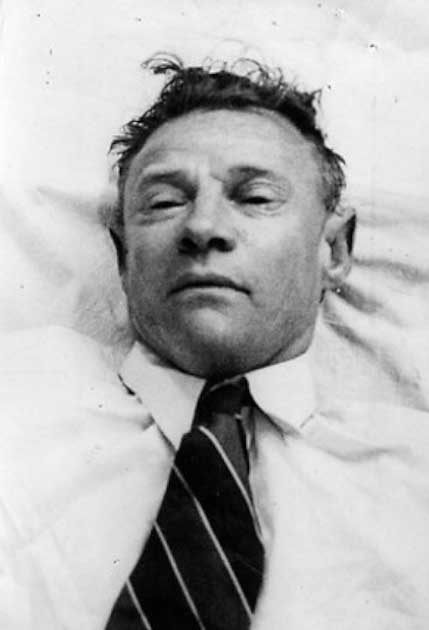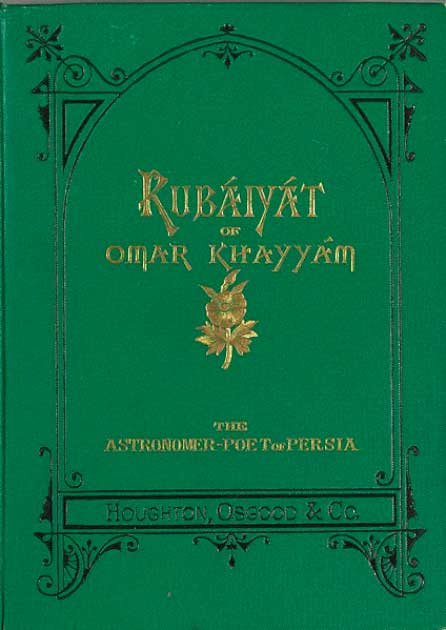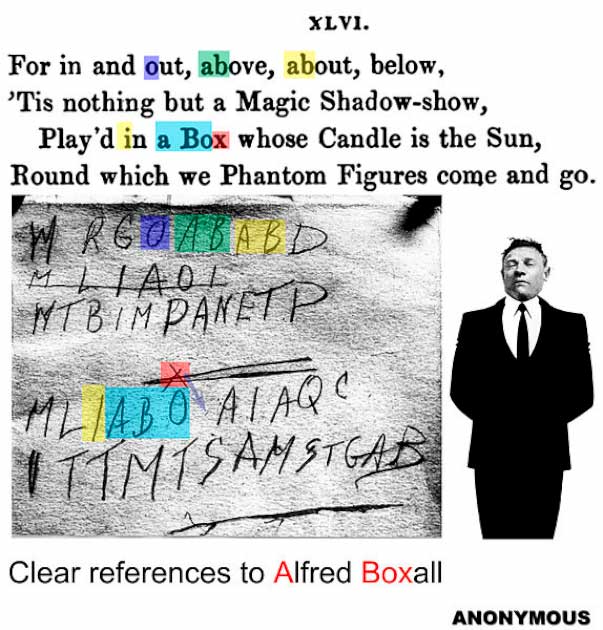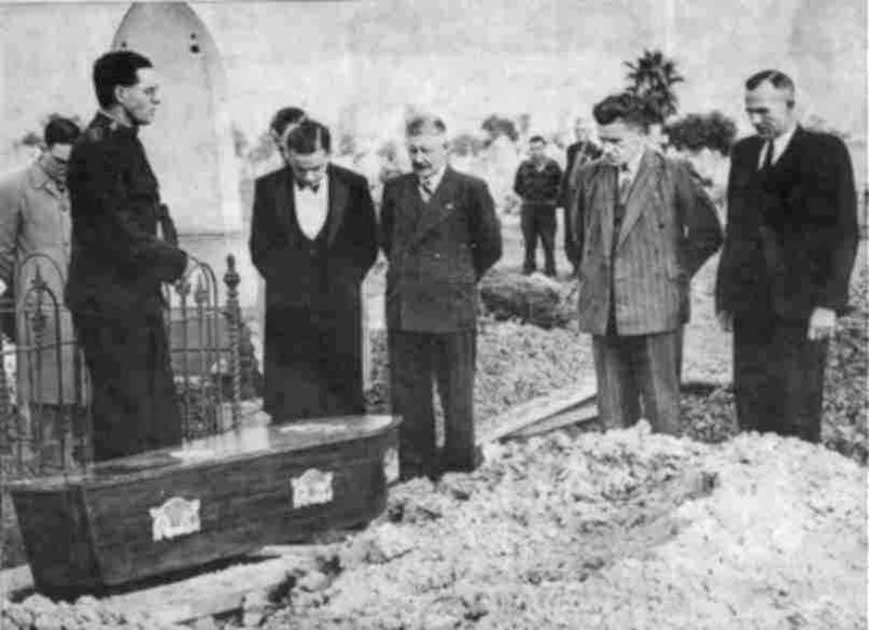Cold cases fascinate the public, but the sad truth is that many of them are never solved. As the case gets older and the trail gets colder, it becomes less and less likely that an answer will be found. But every case has another side, a missing person with no closure for the family or people related to the case.
There are scientific advances which can give hope to even the coldest of cases, however. In recent years, the use of autosomal DNA testing has become advanced enough to help solve some significant cases. Autosomal DNA refers to the autosomal chromosomes that come from your mother and father and can be traced back several generations.
It is autosomal DNA that led to the events of July 27, 2022, which may have solved one of Southern Australia’s oldest unsolved murders. The case is known as “The Somerton Man” and was the first time the police in South Australia embalmed a body before burial, so the body can be exhumed and tested in future, if required.
For almost a century scientists, police officers, university professors, amateur sleuths, and crime fans have been captivated by this case. The case revolved around one important question, who was The Somerton Man? Do we finally have the answer to who he was?
The Somerton Man
At 6:30 am on December 1, 1948, police were called to Somerton Park beach south of Adelaide, South Australia after the body of a man was found. When police arrived, they found the man lying in the sand with his head resting on the sea wall, with his legs out in front of him, and his ankles crossed.
To a casual glance it looked as if the man was sleeping, and at first glance, it appeared the man had indeed died in his sleep. When his body was searched for a wallet or any identification card, none were found. He was referred to as “The Somerton Man” until he could be identified.

While no identification was found, his pockets were searched and several items were found. Most interestingly he had an unused second-class rail ticket from Adelaide to the Henley Beach (a suburb and beach town in Adelaide) as well as a bus ticket from the city that may or may not have been used
Aside from the tickets, he had a comb made of aluminum which could only be found in the United States, a half-empty pack of Juicy Fruit chewing gum, a box of matches and a pack of Army Club brand cigarettes. That pack of cigarettes particularly puzzled the police because of what it contained.
It was popular in 1940s Australia to buy an expensive pack of cigarettes and fill it with cheaper ones. The Somerton Man however apparently did the reverse, and here a pack from a cheap brand was filled with expensive Kensitas cigarettes. Strange and atypical but nothing to suggest his cause of death or identify him.
Along with the contents in his pockets the man was wearing clothing including a coat described as having “American tailoring” and the labels removed from each item of clothing. The police concluded The Somerton Man had committed suicide, but it was up to the pathologist to find the true cause of death.
The pathologist believed The Somerton Man was poisoned but there was no evidence of poison in the body. No identification was made, and no cause of death could be established so on December 10th, 1948, The Somerton Man was embalmed and buried.
Tamám Shud
When reviewing the evidence recovered from the body, the police discovered they had overlooked something: a small rolled-up scrap of paper was found sewn inside the pocket of The Somerton Man’s pants. When the paper was unrolled there were two words “Tamám Shud”.
When translated, it means “it is ended/finished/done.” “Tamám Shud” is the final phrase in the 12th-century Persian poetry book The Rubáiyát of Omar Khayyám.

Amazingly, the police even traced the copy of the book which the scrap of paper had come from nearby. In the back of this copy of The Rubáiyát of Omar Khayyám near where the final words were cut from the page, five lines of random letters had been scribbled on the paper.
People believed these lines were a code, potentially linking The Somerton Man to espionage: you will recall he had no identifying tags on his clothing. The code had been sent to cryptographers to study and break, but was too short for the cryptographers and the text was said to be the “meaningless product of a disturbed mind.”
To this day, the code has not been cracked. However a phone number was found in the book as well, which proved more interesting.
Jestyn
The number belonged to a nurse, Jessica Thompson (who often used the nickname Jestyn), who lived only 1,300 ft (400 m) from where the body was found. When questioned she claimed she didn’t know who The Somerton Man was, or why her phone number was in the book.
Police noted she was evasive during questioning. When shown a facial cast that was made of the dead man, Thompson looked as though she may faint and could not look at it again. And there was at least one certain connection between The Somerton Man and Thompson for the police to go on: The Rubáiyát.
Thompson had owned a copy of The Rubáiyát but she said she gave it to an army lieutenant named Alfred Boxall while in Sydney in 1945. Thompson later moved and got married and, when after the war she received a letter from Boxall, she wrote him back asking her not to write back as she was a married woman.

The police thought Boxall had to be The Somerton Man, but Boxall was alive and was found in Sydney in July 1949. His copy of The Rubáiyát was inspected but the words “Tamám Shud” were in place. There was a note from Thompson found in the book which confirmed it was Thompson’s copy of the book.
Many believed that The Somerton Man was the biological father of Thompson’s oldest son, Robin. There was potential behind this theory, both The Somerton Man and Robin had similar rare genetic features.
The unique-shaped ears of The Somerton Man were caused by a gene that is possessed by only 1-2% of Caucasians, and Robin had similar ears. Further, the mystery man had a rare genetic dental disorder only 2% of the human population. Robin Thompson had the same dental disorder.
There was a one in 10,000,00 as well as one in 20,000,000 that it was a coincidence The Somerton Man and Robin Thompson both shared these features. But, Robin Thompson died in 2009 and the autosomal DNA from Robin’s family line was analyzed: they were not related. A truly strange conscience that connected the two deceased men.

Many people from all over Australia and the world have claimed that The Somerton Man was a missing friend or loved one. All claims of who The Somerton Man might have been were investigated and none of the claims were proven true. The Somerton Man remained unidentified until July 27, 2022.
ID From DNA
Professor Derek Abbott from the University of Adelaide announced he had finally discovered the name of The Somerton Man after 73 years of mystery. Abbott had always been interested in the mystery of The Somerton Man and used DNA from a hair found in the plaster model of The Somerton Man.
The hairs were sent for genetic testing and a family tree was created, and Abbott followed the branches to find the name of The Somerton Man. He found two living relatives of The Somerton Man and their DNA was a confirmed match. It seems that The Somerton Man was a man by the name of Carl “Charles” Webb from Melbourne Australia.
Carl Webb was an electric engineer from Melbourne, Australia. Webb was born on November 16, 1905, and at the time of his death, Webb was 43 years old. Webb was married to Dorothy Robertson who was also known as Doff Webb, but the two had separated and Carl left Doff sometime in April 1947.
After he never returned, Doff went to court to ask for a divorce because her husband left without a trace. She then moved to South Australia after the divorce. Abbott believes the reason Webb from Melbourne would be anywhere close to Somerton beach was that he had returned to find his wife, not realizing she had moved.

Certain strange features start to fit into place. The codes in the back of are thought to relate to gambling on horse races, and Webb was known to gamble. The removal of the labels from his clothes may just have been for comfort, and have nothing to do with espionage.
While this “discovery” is exciting for this case that had been frozen for the last 73 years, it has not been totally confirmed. The South Australia Police said that they are optimistic that the case of The Somerton Man has been solved; the police have told reporters that “there were no updates to the case.”
Top Image: The Somerton Man left many intriguing clues behind. Could they all be red herrings? Source: Australian Police / Public Domain; Bletchley / Public Domain; internet / CC BY-SA 4.0; Australian Police / Public Domain.
By Lauren Dillon